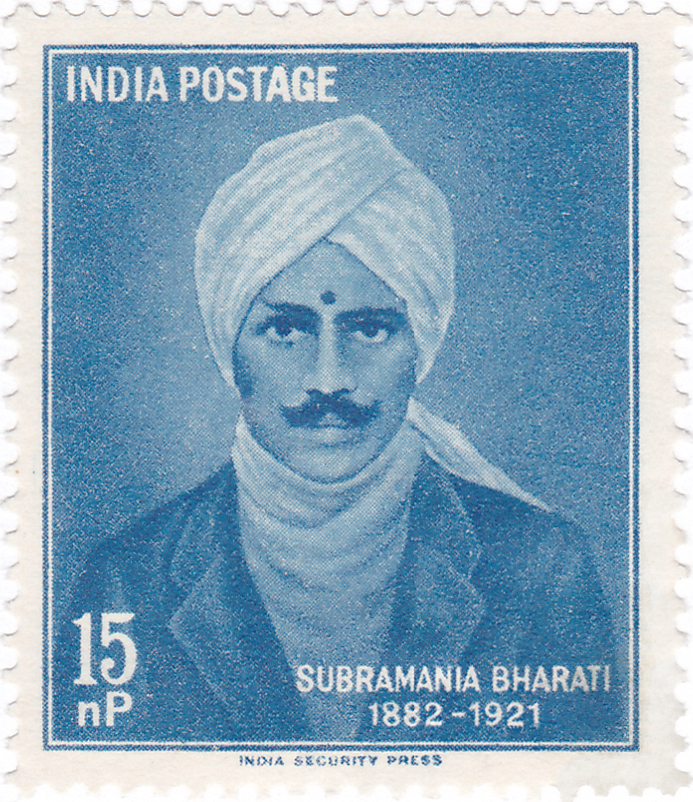
December 10 is Rajaji’s birthday
He got inspired to serve nationalist causes on meeting Swami Vivekananda at Presidency College, Chennai during his student days. That was Chakravarthi (family name) Rajagopalachari who later was fondly addressed as Rajaji or CR.
Such meetings and self-enquiries made him to give up his lucrative career as a lawyer and dedicate himself to the cause of national liberation.
He was acclaimed by the Mahatma as ‘the guardian of my conscience’
He led the march from Tiruchi to Vedaranyam in the South similar to the Dandi March as part of the Salt Satyagraha by Gandhiji.
He took forward the Gandhi’s principles and programs in various fields such as development of Harijans, advancement of women, elimination of alcohol, development of rural industries and Khadhi movement.
He was the premier of Madras Presidency (14 July 1937 – 9 October 1939) when Vaidyanatha Aiyar, Pasumpon Muthuramalinga Thevar, Kakkan and such seniors lead harijans into Madurai Meenakshi Temple which infuriated the orthodox groups. Such elements wanted Vaidyanatha aiyar and others to be legally punished. Rajaji not only accorded legal protection to those leader, he also enacted a law to accord legal sanctity allowing harijans into temple on equal terms with other castes. This was not the first instance in his life. Earlier, during his tenure as Chairman of Salem Panchayat Union also he had fought against the atrocities perpetrated to harijans.
In the same period, he implemented total prohibition in the presidency and introduced the levy of sales tax to compensate the loss of revenue.
The pomp and power of Raj Bhavan (Governor of Bengal) or Rashtrapathi Bhavan (First and last Bharatiya Governor General) did not cause any change in his life of simplicity and selflessness.
He as the Governor General provided full official backing to Sardar Vallabhbhai Patel, who quelled the riots of the Razakars in Hyderabad with an iron fist and enabled annexation of Hyderabad- the present day Telengana to Bharat. Rajaji described the problem of Hyderabad as ‘ Cancer in the stomach’. It is to be noted here that had this timely action not been taken the province would have gone the same way as Jammu & Kashmir.
In the absence of a majority in Congress in the first assembly elections after independence, Nehru and others unanimously felt that Rajaji was the only fit person to tide over the crisis, and invited him to take over the reins of chief ministership of the presidency which included parts of present-day Kerala, Karnataka, Tamil Nadu, Andhra Pradesh and Odisha. That was on 10 April 1952. Within two years, on 13 April 1954 he resigned when his own Congressmen could not see eye to eye with him on certain policy matters ostensibly and when they had fallen prey to machinations of the opposition parties uncannily or due to personal aggrandisement. How can some of them put up with Rajaji who would never permit corruption or nepotism? He was a Stita-Pragna as he assumed and exited the office with the same smile.
When Rajaji took over as CM, we must remember that Communist Party of India led alliance had majority in the assembly. During his rule, Rajaji successfully tackled the revolts of communists in the assembly and outside on the streets. He must be singularly credited for the gradual marginalisation of communists in the state. When we are witnessing the happenings in Kerala till date, we can easily visualise what a havoc they would have created in other southern states if Rajaji had not controlled them!
Rajaji prophetically predicted in mid1950s itself that Socialism in general and Soviet model in particular would not serve the needs and resigned from Indian National Congress. He formed the Swatantra Party in July 1959. The party stood for equality and opposed government control over the private sector. Rajagopalachari sharply criticised the bureaucracy and coined the term “licence- quota-permit Raj” to describe Nehru’s elaborate system of permissions and licences required for an individual to set up a private enterprise. It took another 30 years for congressmen to end their blind support to socialism in 1991 when Narasimha Rao took as PM.
Though he was branded as a right winger, Rajaji remained unfazed and spoke without mincing his words about what he felt as good for the country. His articles in his party organ, Swarajya are the guiding principles of today’s concept of ‘minimum government and maximum governance’. Thus, he was ahead of his times.
Rajaji, authored many books of Bhakti, Vedanta and nationalism. To quote just two, were Chakravarti Thirumagan (Ramayana) and the Vyasar Virundhu (Mahabharata) which made many youngsters to appreciate the profound values of Sanatana Dharma.
Ordinarily, Rajaji would not even want to join as a member of any public fundraising committee, probably due to his experience with congressmen post-independence. Such a person joined the Balagangadhara Tilak Memorial Committee because Guruji Golwalkar, the second Sarsangachalak of Rashtriya Swayamsevak Sangh was also a member of that committee. Such was his faith on RSS and its leaders (as told by his son Narasimhan addressing as chief guest of Mahara Sankaranti function in the beaches of Marina, Chennai conducted by RSS).
Rajaji was undoubtedly a Rajarishi in the lines of Janaka and Marcus Aurelius (Rajaji also wrote a short book about Aurelius).

